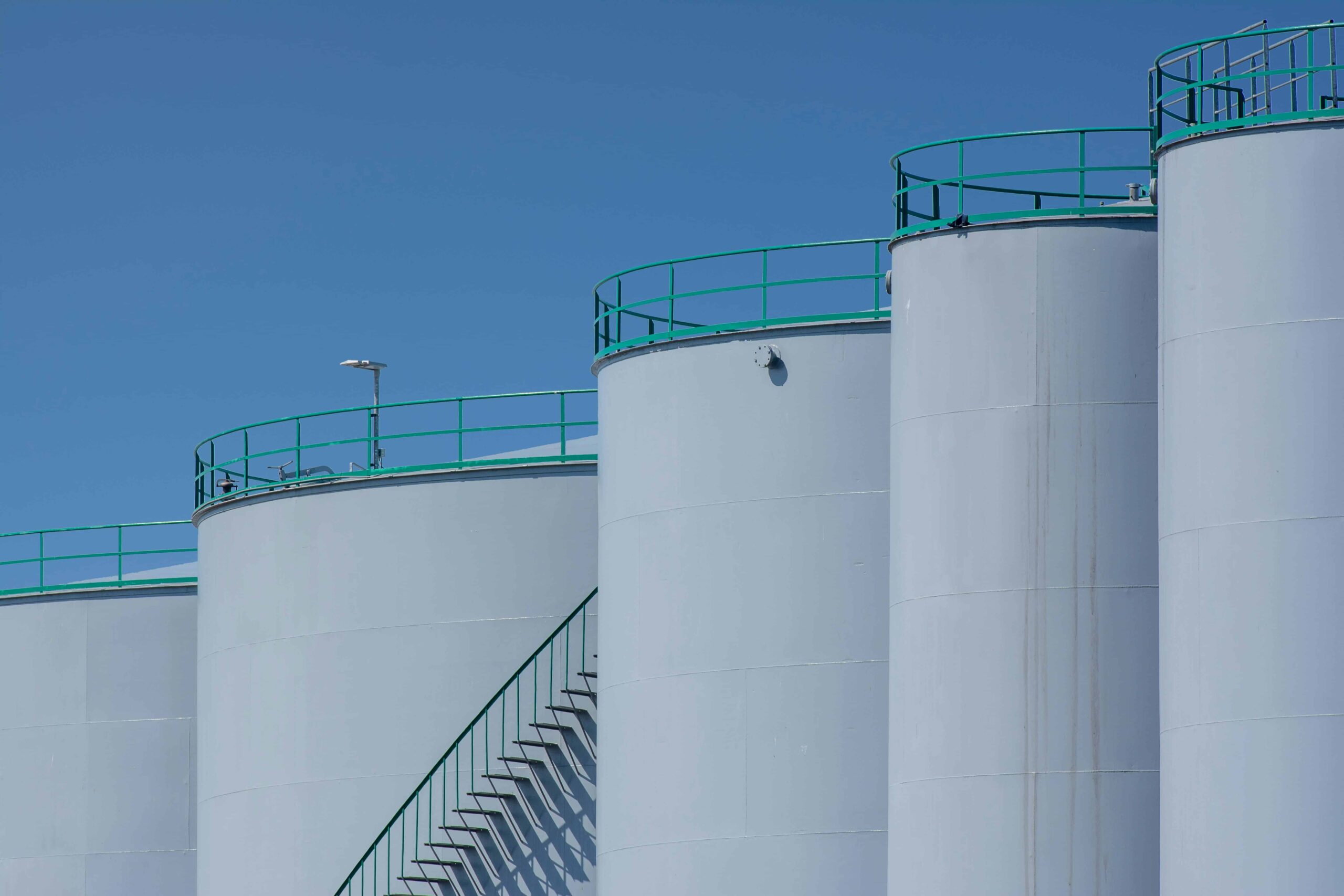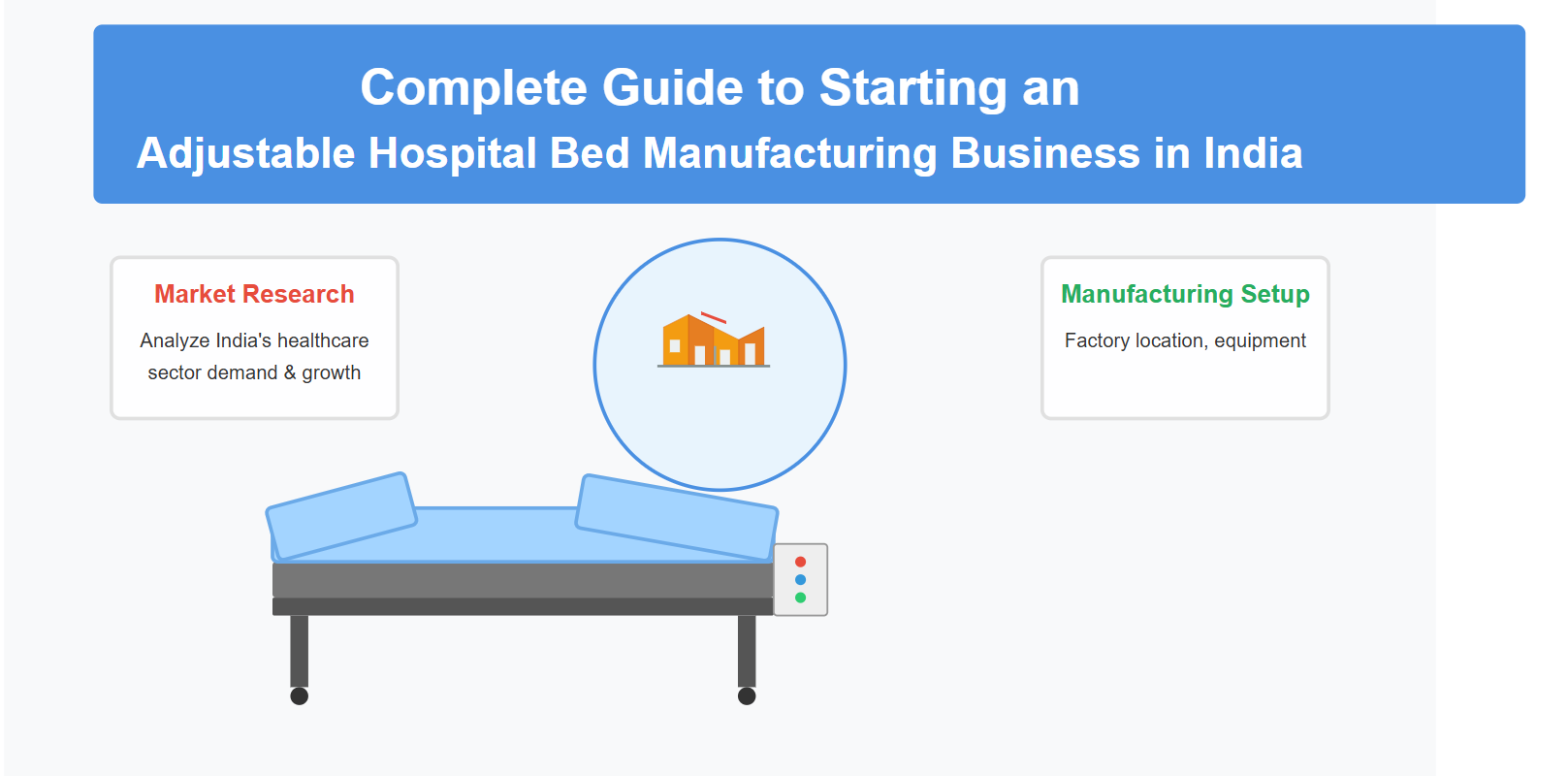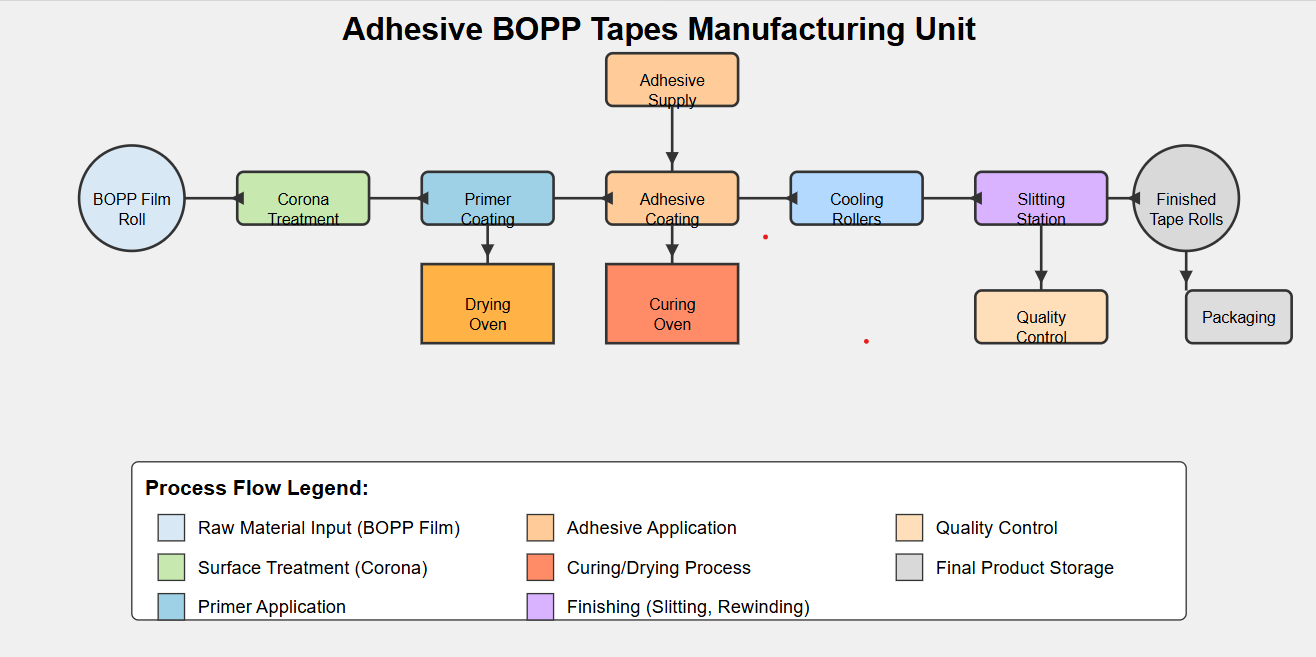Starting an Acetylene Gas Manufacturing Unit: A Comprehensive Guide
Acetylene (C₂H₂), a colorless and highly flammable hydrocarbon gas, is a cornerstone fuel gas in various industrial applications, particularly metal fabrication. Its high flame temperature and efficiency make it indispensable for welding, cutting, brazing, and heating processes. Setting up an acetylene gas manufacturing unit can be a viable business venture, tapping into consistent industrial demand.
This guide, based on a pre-feasibility project report, outlines the key steps and considerations for establishing your own acetylene production facility.
1. Understanding Acetylene and Its Market
- What is Acetylene? The simplest alkyne, known for its triple carbon-carbon bond. While odorless in pure form, commercial grades have a distinct garlic-like odor due to impurities. It’s unstable in its pure gaseous form under pressure and is therefore typically dissolved in a solvent (like acetone) within specially designed cylinders.
- Key Applications & Uses:
- Welding & Cutting: The primary use, especially Oxy-Acetylene welding and cutting of steel (it’s often the only suitable fuel gas for welding steel).
- Metal Fabrication: Brazing, flame gouging, spot heating, flame hardening, flame cleaning, thermal spraying.
- Chemical Synthesis: Used as a starting material for producing other chemicals and plastics (like PVC, PVDF – derived via ethylene).
- Carbon Coating: Used in glass and materials processing for creating lubricated surfaces.
- Laboratory Use: Fuel gas for instruments like Atomic Absorption Spectrophotometers (AAS).
- Historical Use: Formerly used in carbide lamps for portable lighting (mining, bicycles, early cars).
2. The Manufacturing Process (Calcium Carbide Method)
The most common method, detailed in the report, involves reacting calcium carbide with water.
- Reaction: CaC₂ + 2H₂O → Ca(OH)₂ + C₂H₂↑ (Calcium Carbide + Water → Calcium Hydroxide + Acetylene Gas)
- Key Steps:
- Calcium Carbide Feeding: Measured granules (e.g., 2mm x 8mm) are fed into an Acetylene Generator containing water using a controlled screw feed mechanism.
- Reaction & Agitation: The reaction is highly exothermic (produces heat). Rotating paddles ensure complete reaction, prevent carbide floating/overheating, and manage pressure.
- Gas Cooling & Initial Safety: The generated acetylene gas bubbles up, is drawn off under low pressure, cooled by a water spray (in an Acetylene Condenser), and passed through a flash arrester to prevent upstream ignition.
- Slurry Removal: Calcium hydroxide (lime slurry) byproduct settles and is periodically drained.
- Purification:
- Ammonia Removal: Gas passes through an Ammonia Scrubber.
- Drying (Low Pressure): Moisture is removed in a Low-Pressure Dryer containing anhydrous calcium carbide.
- Impurity Removal: Gas goes through an Acetylene Purifier containing chemicals to remove phosphine, arsine, hydrogen sulfide, etc. (This step might be bypassed for lower industrial grades).
- Final Scrubbing: Removes traces of purification chemicals.
- Compression: The purified gas enters a multi-stage Acetylene Compressor (e.g., 3-stage) to raise pressure.
- High-Pressure Drying: Passes through High-Pressure Driers (often columns filled with anhydrous calcium chloride) to remove final traces of moisture and oil.
- Cylinder Filling: The high-pressure acetylene is fed through Filling Manifolds (equipped with non-return valves and flame arresters) into cylinders.
- Acetone & Porous Mass: Cylinders contain a porous, cementitious mass saturated with liquid acetone. Acetylene dissolves readily in acetone (up to 25 times more gas storage), making it stable and safe for transport at pressures around 300 psi.
- Byproduct Handling: The collected calcium carbonate slurry is often dried and sold as an industrial agent (e.g., wastewater treatment, soil conditioner).
3. Essential Plant & Machinery
Based on the report, key equipment includes:
- Acetylene Generator: The core reaction vessel.
- Carbide Hopper & Filling Cart: For safely storing and transferring calcium carbide.
- Pneumatic Hoists: For lifting heavy items (e.g., carbide drums).
- Acetylene Condenser: Cools the hot gas.
- Ammonia Scrubber: Removes ammonia.
- Low-Pressure Dryer: Initial moisture removal.
- Acetylene Purifier: Removes chemical impurities.
- Acetylene Compressor: Multi-stage compressor to achieve filling pressure.
- High-Pressure Dryers: Final moisture/oil removal before filling.
- Acetylene Gas Filling Manifold: System for connecting and filling multiple cylinders safely.
- Pneumatic Pumps: For transferring acetone and managing gas flow.
- Water Demineralization Plant: To ensure pure water for the reaction, improving gas quality.
- Air Compressor: Supplies compressed air for operating pumps, valves, etc.
- Acetylene Cylinders: Specially designed cylinders with porous mass and valves.
4. Project Setup & Requirements
- Land & Building: Approx. 2500-3000 sq ft. The sample report assumes rental premises (e.g., Rs 25,000-30,000/month).
- Major Raw Materials:
- Calcium Carbide
- Acetone (for dissolving gas in cylinders)
- Chilled Methanol (likely for cooling processes)
- Lime, Coke (potentially used in carbide production if sourced directly, or related processes)
- Purification chemicals
- Utilities:
- Power: Estimated 15 KW connected load (based on the sample).
- Water: Significant requirement for reaction, cooling, and scrubbing.
- Manpower: Estimated 9 persons (based on the sample).
5. Financial Aspects
- Sample Project Cost: Approx. 20.94 Lakhs (INR). Note: This is an example figure and will vary significantly based on location, scale, equipment choice, and current market rates.
- Plant & Machinery: Largest component (e.g., 15.50 Lakhs in the sample).
- Other Assets: (e.g., 1.00 Lakhs).
- Working Capital Margin: (e.g., 4.44 Lakhs).
- Sample Means of Finance:
- Own Contribution: (e.g., 2.09 Lakhs).
- Term Loan: (e.g., 14.85 Lakhs).
- Working Capital Loan: (e.g., 4.00 Lakhs).
- Key Financial Indicators (Sample):
- Debt Service Coverage Ratio (DSCR): 2.96 (Average) – Indicates ability to cover debt payments.
- Break-Even Point (BEP): 0.25 (25% capacity utilization) – Point at which revenues cover costs.
- Profitability: The sample projects profitability increasing from ~8.34% (Net Profit) in Year 1 (35% capacity) to ~11.65% in Year 5 (55% capacity). Again, these are indicative figures.
6. Licenses and Regulations
Obtaining the necessary approvals is critical:
- MSME Udyam Registration: For small/medium enterprise benefits.
- GST Registration: For taxation.
- NOC from Fire Safety Board: Essential due to the highly flammable nature of acetylene.
- NOC from Pollution Control Board (PCB): For environmental compliance (air/water emissions, waste disposal).
- Trade License: From the local municipal authority.
- Factory License: Required depending on the scale and local regulations.
- PESO License (Petroleum and Explosives Safety Organisation): Crucial for storing and filling gas cylinders under the Gas Cylinders Rules, 2004 (or latest version). This is often the most stringent requirement.
- Trademark Registration (Optional): To protect your brand name.
- Import/Export License (Optional): If sourcing equipment/materials internationally or selling abroad.
7. Safety Considerations: Paramount Importance
Acetylene is highly flammable and explosive under certain conditions. Safety protocols are non-negotiable.
- Handling: Never transport pure acetylene under high pressure. Always dissolve in acetone within approved cylinders.
- Equipment: Use regulators and fittings specifically designed for acetylene. Avoid copper and brass fittings containing more than 70% copper, as they can form explosive copper acetylides.
- Plant Design: Incorporate safety features like flash arresters, pressure relief valves, proper ventilation, and designated hazardous zones.
- Cylinder Safety: Use cylinders with approved porous mass and ensure correct acetone levels. Handle cylinders carefully.
- Training: Ensure all personnel are thoroughly trained in safe handling procedures, emergency response, and equipment operation.
- Storage: Follow PESO guidelines for cylinder storage (separation, ventilation, etc.).
Conclusion
Establishing an acetylene gas manufacturing unit requires careful planning, significant investment in specialized equipment, adherence to strict safety protocols, and navigating regulatory approvals (especially PESO). The demand from welding and industrial sectors provides a solid market base. Using a detailed project report and potentially consulting with industry experts (like Samadhan, mentioned in the PDF) can provide valuable guidance in turning this concept into a successful business. Remember to conduct your own thorough market research and feasibility study tailored to your specific location and scale.




Post Comment
You must be logged in to post a comment.